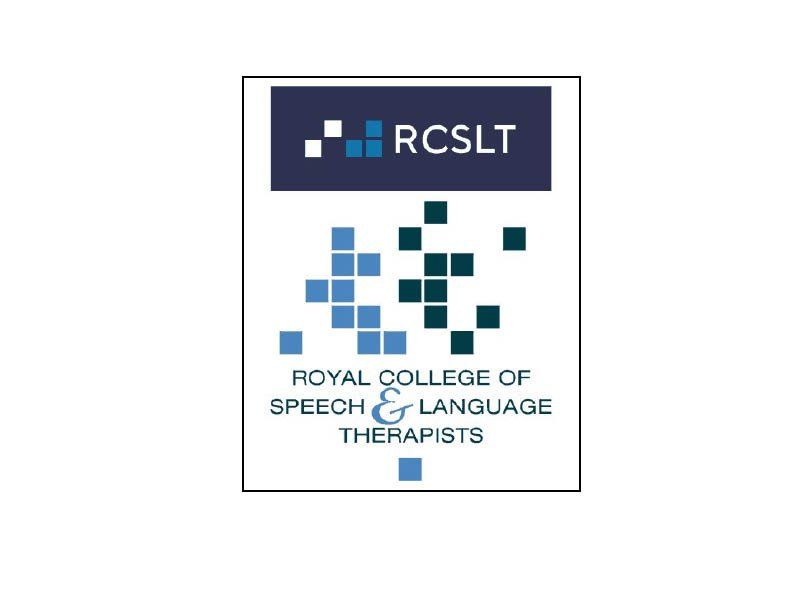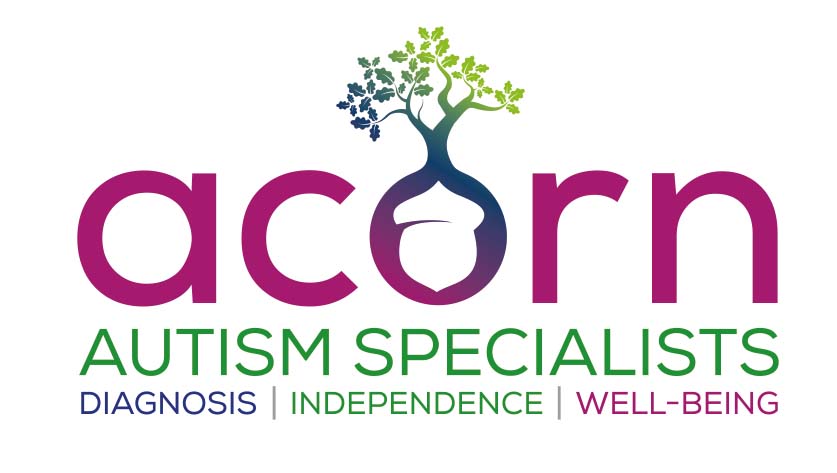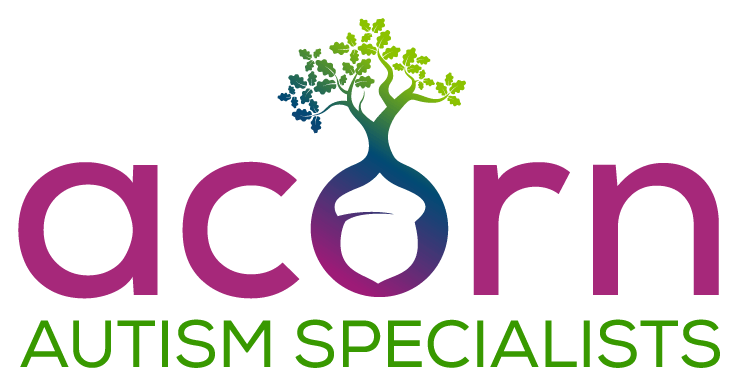
Please call to talk to us at Acorn anytime 01376 402284
.
More about Empathy
DIAGNOSIS | INDEPENDENCE | WELL-BEING
More about Camouflaging
DIAGNOSIS | INDEPENDENCE | WELL-BEING
Acorn Autism on Camouflaging
Camouflaging in autism refers to behaviours and/or strategies that mask the presentation of autism features in social contexts in order to appear "non-autistic".
Masking or camouflaging differences in social interaction and communication, leads to a mismatch between external observable features (camouflaging self) and the internal lived experience of autism (true self).
This mismatch comes at significant cost of exhaustion, autistic burnout and shutdowns. Camouflaging takes constant effort and monitoring and understandably is associated with low self-esteem, loss of identity and deterioration in mood. Both males and females camouflage, although research suggests that those designated female sex at birth, are more likely to camouflage, potentially contributing to the later diagnosis of females, or the increased prevalence of autistic male diagnosis.
Based on research by Laura Hull et al (2018); the following subcategories of camouflaging were defined:
- Masking: Strategies used to hide autistic characteristics and portray a non-autistic persona (e.g. forcing eye contact, adjusting face and body to appear confident or relaxed, suppressing stims, avoiding talking about interests)
- Compensation: Strategies used to actively compensate for difficulties in social situations (e.g. copying body language, learning social cues from TV programmes or films)
- Assimilation: Strategies used to try to fit in with others in social situations (e.g. forcing small talk, putting on an act)
If autistic and neurodivergent people could be themselves in society and situations without judgement or fear of bullying or without exclusion for being who they are then of course they would. However, the neurotypical world isn’t always as accepting and understanding as we would hope. We therefore advise surrounding yourself with people you can trust, and be yourself around thus removing the need to mask.
Masking
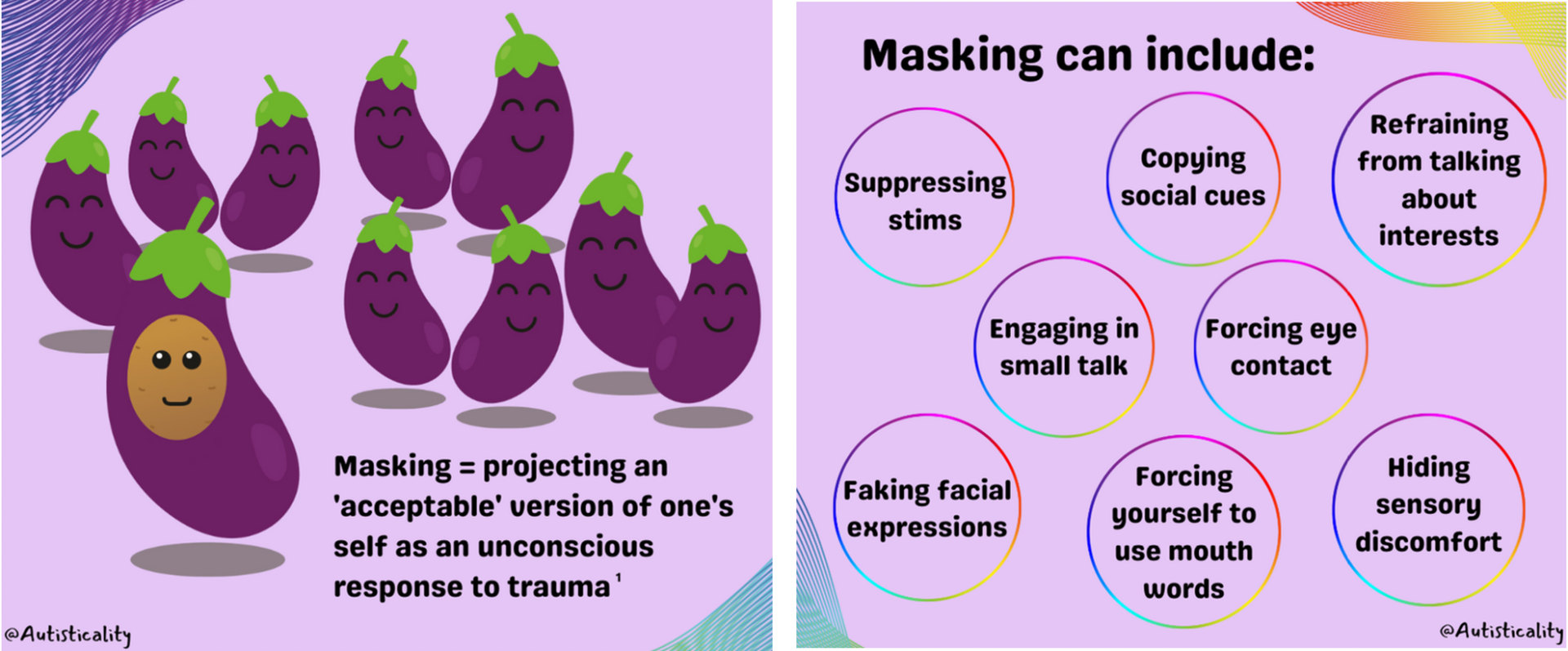
What helps?
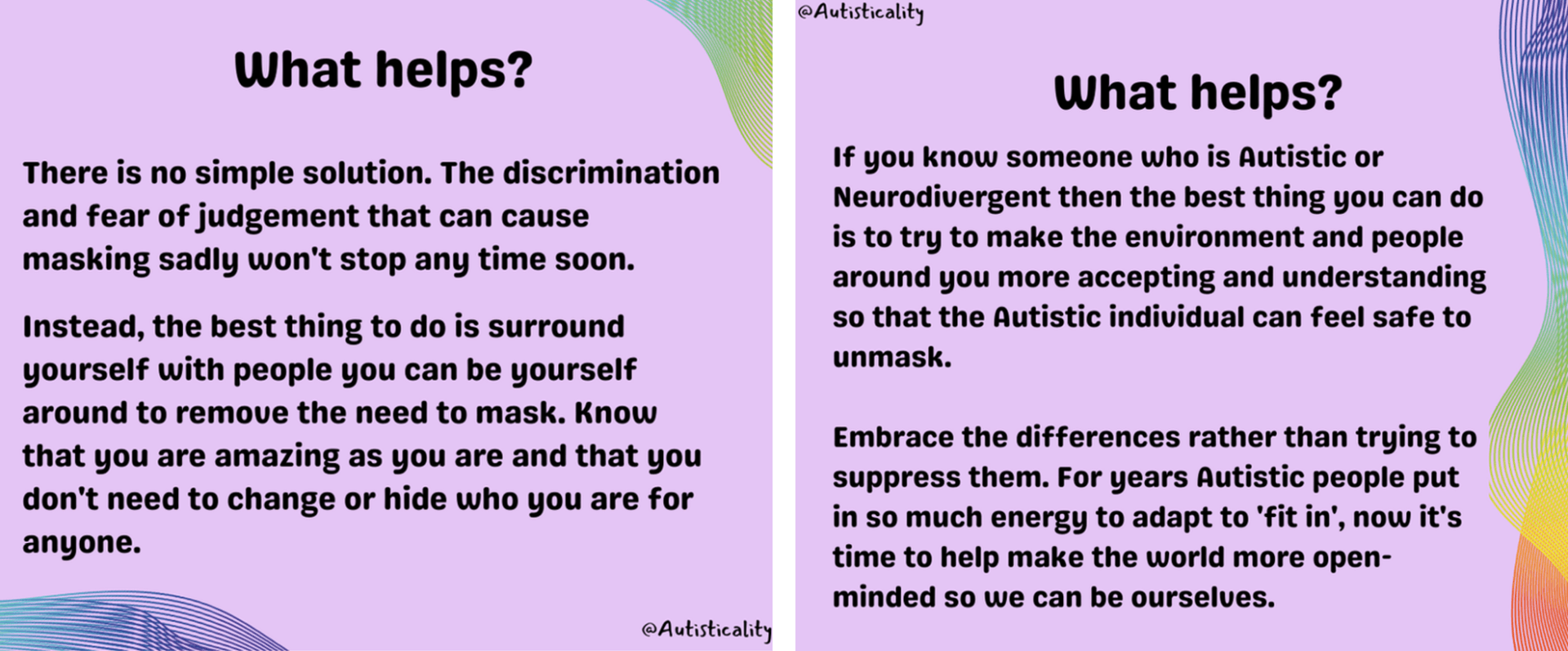

'Autism is not a disability. It is a different ability.'
Stuart Duncan
Autism Questionnaire for Children
Take this questionaire to find out if your child’s
behaviours indicate the potiential for
autism spectrum disorder (ASD).
Designed for young people
aged 4 - 10 years
Autism Questionnaire for Adolescents
Take this questionaire to find out if your older child’s
behaviours indicate the potential for
autism spectrum disorder (ASD).
Designed for young people
aged 11 - 15 years
Autism Questionnaire for Adults
Take this questionaire to determine if your
behaviours indicate the potential for
autism spectrum disorder (ASD).
Designed for people
aged 16+ years
The A Word
01376 402284
info@acorn-autism.co.uk
Acorn Autism Specialists
Suite A, Bridgefoot Studios
Kelvedon. CO5 9BE
Terms and Conditions - Acorn website
Company Registration Number: 13511294




